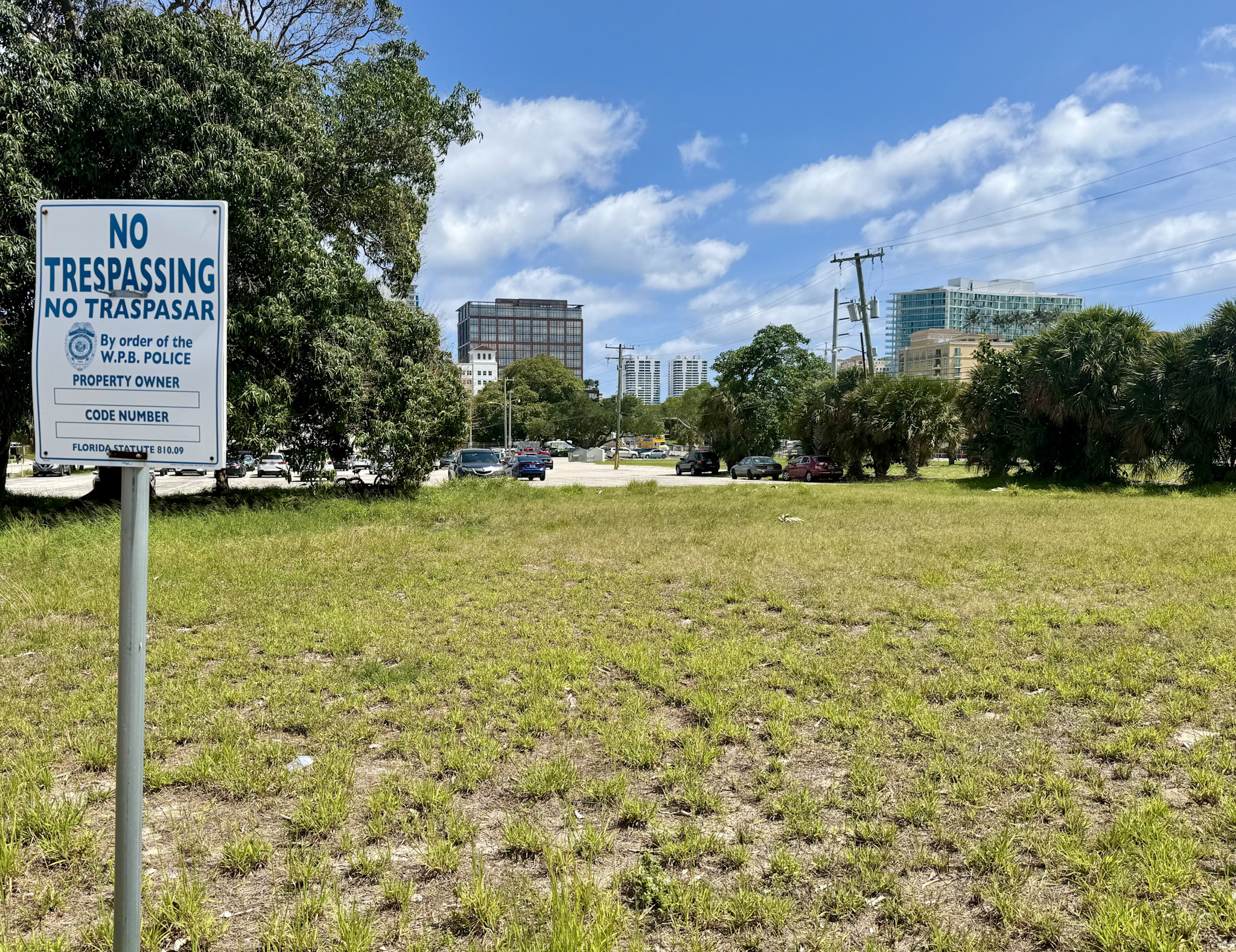Global Transportation Security Systems Market Report: Enhancing Infrastructure and Safety in Line with Sustainable Development Goals
Market Projections and Contribution to Global Goals
The Global Transportation and Security System Market is projected to experience substantial growth, with an estimated value of USD 17.9 billion in 2025 expanding to USD 48.7 billion by 2034, reflecting a Compound Annual Growth Rate (CAGR) of 11.7%. This expansion is critically linked to the advancement of several United Nations Sustainable Development Goals (SDGs), particularly those focused on building resilient infrastructure and creating safe, sustainable communities.
- SDG 9: Industry, Innovation, and Infrastructure: The market’s growth is driven by the need to develop reliable, sustainable, and resilient transport infrastructure. Investments in advanced security systems are fundamental to protecting these critical assets and ensuring their long-term viability.
- SDG 11: Sustainable Cities and Communities: By enhancing the safety of transport hubs and networks, the market directly contributes to making cities and human settlements inclusive, safe, resilient, and sustainable. Secure transportation is a prerequisite for providing access to safe and accessible transport systems for all.
Core Market Drivers and SDG Alignment
The demand for integrated transportation security systems is propelled by several factors that align with global sustainability and security objectives.
- Rising Security Threats and Contribution to SDG 16: The increasing complexity of global threats, including terrorism and cyberattacks, necessitates robust security measures. By developing solutions to counter these threats, the industry supports SDG 16 (Peace, Justice, and Strong Institutions), which aims to reduce violence and strengthen institutions to combat terrorism and crime.
- Technological Integration for Resilient Infrastructure (SDG 9): The integration of Artificial Intelligence (AI), biometrics, the Internet of Things (IoT), and data analytics is transforming transport security. These innovations enhance threat detection and operational efficiency, directly contributing to the development of quality, reliable, and resilient infrastructure as outlined in SDG 9.
- Expansion of Global Trade and Smart Cities (SDG 11): As international trade expands and smart city initiatives advance, the need for scalable and intelligent security solutions becomes paramount. These systems are essential for fostering trust, ensuring seamless mobility, and building the sustainable urban environments envisioned in SDG 11.
Key Technological Trends and Their Impact on Sustainability
Technological advancements are central to the market’s evolution, offering enhanced capabilities that support sustainable development objectives.
- Biometric Systems: The widespread implementation of biometric screening at transport hubs enhances security and improves efficiency, contributing to safer and more streamlined passenger experiences in line with SDG 11.
- AI-Driven Analytics: The use of AI in video surveillance and threat detection facilitates real-time monitoring and proactive responses, strengthening the resilience of transport infrastructure (SDG 9).
- Cybersecurity Frameworks: Tailored cybersecurity solutions are critical for protecting transportation networks from digital threats, safeguarding the integrity of infrastructure essential for economic activity and public safety (SDG 9, SDG 16).
- Advanced Cargo Inspection: New technologies for cargo inspection improve supply chain security, supporting safe and efficient global trade, which is a key component of economic growth and resilient infrastructure.
Future Outlook: Addressing New Challenges for Sustainable Transport
The market is expected to evolve rapidly to address new security challenges posed by emerging transportation technologies. This forward-looking approach is vital for maintaining progress towards the SDGs.
- Emerging Mobility Platforms: The rise of autonomous vehicles, drones, and Urban Air Mobility (UAM) will require new, adaptable security solutions to ensure these innovative transport modes are safe and secure, aligning with the innovation focus of SDG 9.
- Digital Identity and Data Security: Blockchain-based digital identity frameworks and stricter cybersecurity standards will become crucial for protecting passenger data and securing operations across increasingly interconnected transport networks.
- Integrated Security Platforms: Future development will focus on interoperable platforms that combine surveillance, identity verification, and cyber defense, creating a holistic security environment that supports the goals of SDG 9 and SDG 11.
Market Segmentation
By Component
- Surveillance Systems
- Access Control Systems
- Perimeter Intrusion Detection Systems
- Biometric Identification Systems
- Command And Control Centers
By Modes
- Roadways
- Railways
- Airways
- Seaways
By Application
- Critical Infrastructure Protection
- Passenger Screening And Safety
- Traffic Monitoring And Management
- Freight And Cargo Security
Key Industry Stakeholders
- Honeywell International Inc.
- Siemens AG
- Thales Group
- Bosch Security Systems
- FLIR Systems Inc.
- Axis Communications AB
- NEC Corporation
- Hikvision Digital Technology Co Ltd.
- ASSA ABLOY AB
- Motorola Solutions Inc.
SDGs Addressed in the Article
SDG 9: Industry, Innovation and Infrastructure
- The article focuses on strengthening global transport networks, which are a critical component of infrastructure. It highlights the integration of innovation and advanced technologies like AI, biometrics, IoT, and cybersecurity frameworks to build resilient and reliable transportation systems.
SDG 11: Sustainable Cities and Communities
- The text connects transportation security directly to the development of smart cities. It emphasizes that securing transport systems is crucial for ensuring safe, seamless mobility and fostering trust within urban environments, which is a key aspect of making cities sustainable and inclusive.
SDG 16: Peace, Justice and Strong Institutions
- A primary driver for the market discussed in the article is the need to counter rising threats such as terrorism and cyberattacks. By investing in robust security systems, governments and transport operators aim to protect citizens, reduce violence, and strengthen national security, aligning with the goal of promoting peaceful and just societies.
SDG 17: Partnerships for the Goals
- The article explicitly mentions that “Public-private partnerships emerged as key drivers, supporting smart transportation security enhancements as part of national security strategies.” This highlights the importance of collaboration between governments and the private sector to achieve security and infrastructure goals.
Specific SDG Targets Identified
SDG 9: Industry, Innovation and Infrastructure
- Target 9.1: Develop quality, reliable, sustainable and resilient infrastructure… to support economic development and human well-being. The article directly addresses this by describing investments in security systems (surveillance, access control, cybersecurity) designed to make transportation infrastructure resilient against threats like terrorism and cyberattacks, thereby ensuring its reliability and safety.
SDG 11: Sustainable Cities and Communities
- Target 11.2: By 2030, provide access to safe, affordable, accessible and sustainable transport systems for all… The article’s entire focus is on the “safe” component of this target. It details the implementation of technologies like biometric screening and AI-driven monitoring at transport hubs to enhance passenger safety and security.
SDG 16: Peace, Justice and Strong Institutions
- Target 16.1: Significantly reduce all forms of violence and related death rates everywhere. The article explains that the demand for transportation security systems is fueled by “heightened complexity of global transportation networks and rising threats such as terrorism,” and the systems are designed for “early threat detection” to prevent such violent acts.
- Target 16.a: Strengthen relevant national institutions… to prevent violence and combat terrorism and crime. The article notes that security enhancements are supported as “part of national security strategies,” indicating an effort to strengthen institutional capacity to combat these threats.
SDG 17: Partnerships for the Goals
- Target 17.17: Encourage and promote effective public, public-private and civil society partnerships… The article directly identifies this mechanism, stating, “Public-private partnerships emerged as key drivers, supporting smart transportation security enhancements.”
Indicators for Measuring Progress
SDG 9: Industry, Innovation and Infrastructure
- Indicator: Financial investment in resilient infrastructure. The article provides a clear financial metric by stating the market was “valued at USD 17.9 billion in 2025” and is “anticipated to expand… reaching USD 48.7 billion in 2034.” This monetary value represents investment in making infrastructure more resilient.
SDG 11: Sustainable Cities and Communities
- Indicator: Implementation of enhanced safety measures in public transport. The article implies this indicator by mentioning that “Major transport hubs implemented biometric screening” and that “AI-driven video analytics facilitated real-time monitoring,” which can be quantified to measure progress toward safer transport systems.
SDG 16: Peace, Justice and Strong Institutions
- Indicator: Adoption of advanced threat detection technologies. The article points to the use of “AI-driven video analytics” for “real-time monitoring for early threat detection” and the deployment of “tailored cybersecurity solutions” as measurable actions to combat crime and terrorism.
SDG 17: Partnerships for the Goals
- Indicator: Number and scope of public-private partnerships in transportation security. The article directly refers to the emergence of “Public-private partnerships” as “key drivers,” implying that the formation and success of these partnerships are a measure of progress.
Summary of SDGs, Targets, and Indicators
| SDGs | Targets | Indicators |
|---|---|---|
| SDG 9: Industry, Innovation and Infrastructure | 9.1: Develop quality, reliable, sustainable and resilient infrastructure. | Financial Investment: The market value growing from USD 17.9 billion in 2025 to USD 48.7 billion in 2034 indicates direct investment in resilient infrastructure. |
| SDG 11: Sustainable Cities and Communities | 11.2: Provide access to safe, affordable, accessible and sustainable transport systems for all. | Implementation of Safety Measures: The article mentions that “Major transport hubs implemented biometric screening,” serving as a tangible indicator of enhanced safety. |
| SDG 16: Peace, Justice and Strong Institutions | 16.1: Significantly reduce all forms of violence. 16.a: Strengthen relevant national institutions… to combat terrorism and crime. |
Adoption of Threat Detection Technology: The use of “AI-driven video analytics” for “early threat detection” is a measurable indicator of institutional capacity to prevent violence. |
| SDG 17: Partnerships for the Goals | 17.17: Encourage and promote effective public, public-private and civil society partnerships. | Formation of Partnerships: The article explicitly states that “Public-private partnerships emerged as key drivers,” which can be tracked as an indicator. |
Source: globenewswire.com







